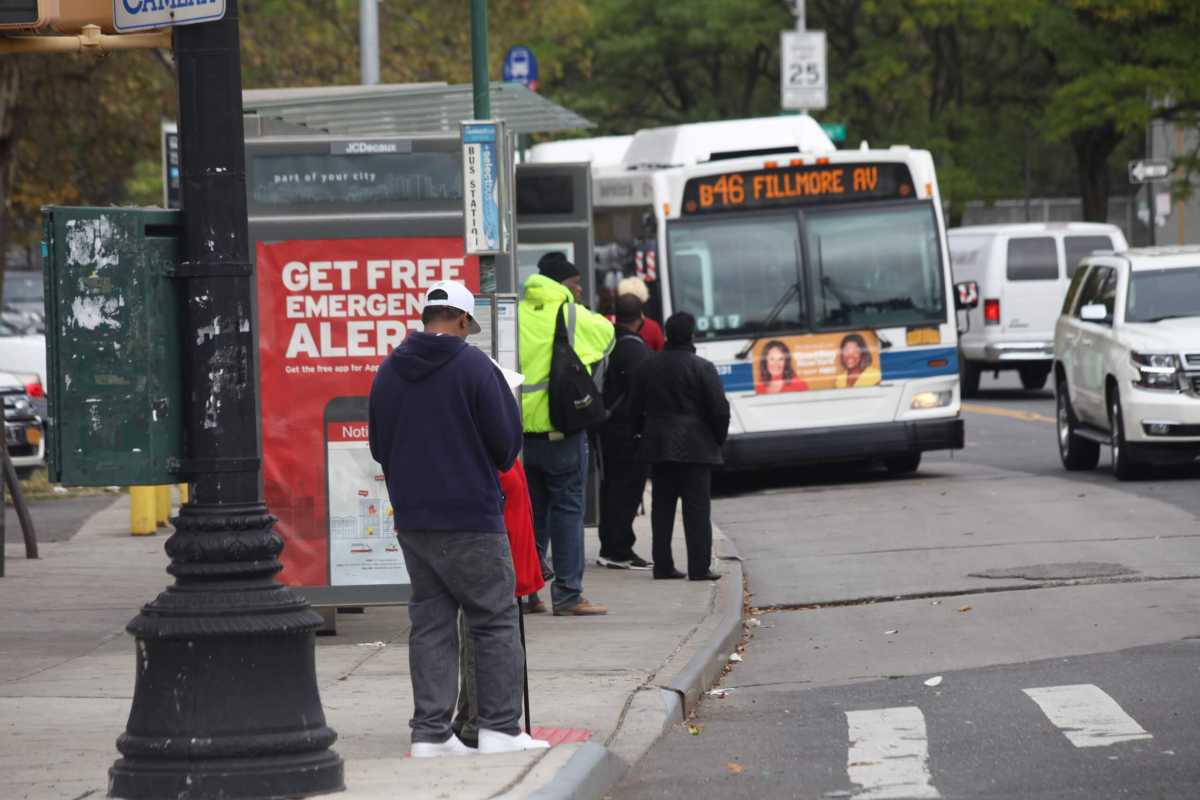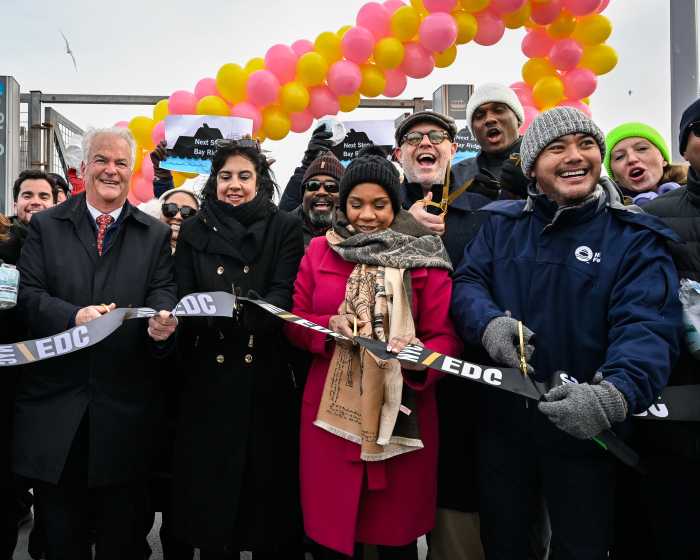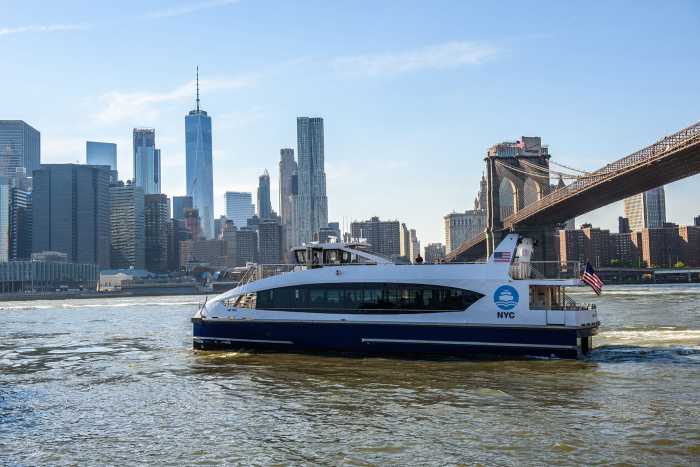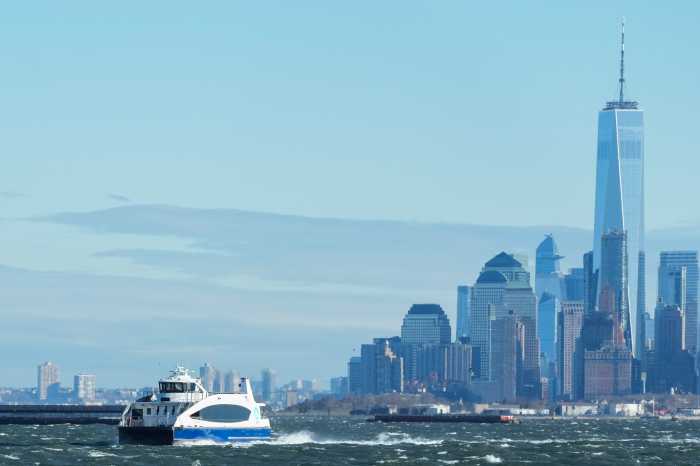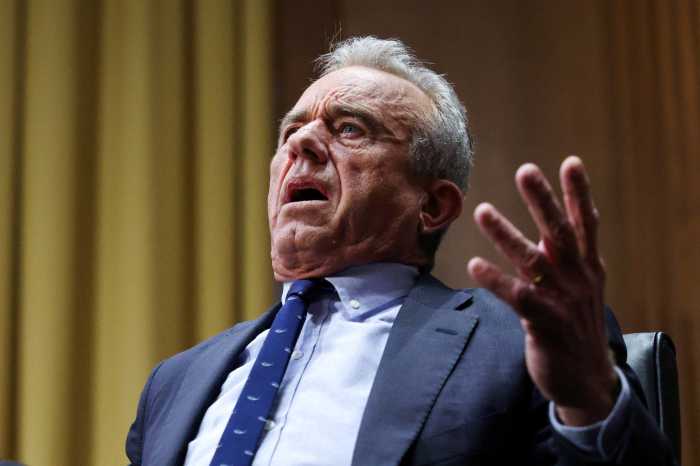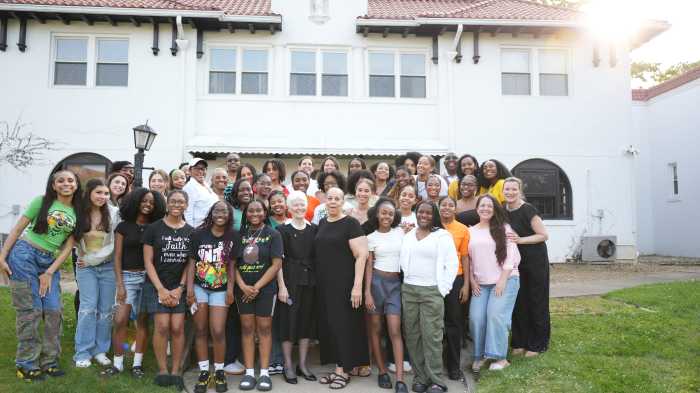Before tackling a full-scale revamp of the entire Brooklyn bus route network, the MTA will focus on a transit study of the Utica Avenue corridor — which they say will inform the greater effort to redesign routes throughout the borough.
With 44,000 daily commuters, Utica Avenue’s B46 Select Bus Service is among the most heavily used in the city, leading the MTA to examine possible options to relieve congestion — such as bus improvements, instillation of a light rail system, and connectivity with nearby subway lines.
The transit agency surveyed around 5,300 residents from nearby communities, and found that locals used the busways more than any other form of transit.
Conducted during the first half of 2019, 42-percent of residents say they use the bus, 38-percent take the subway, 11-percent walk, and just seven-percent use a car, the agency said.
Now, the MTA is angling to study the Utica Avenue corridor throughout 2020 before making any movements toward redesigning the borough’s bus network, including by hosting events with the potentially affected community boards. Those sessions will take place as follows:
- Thursday, Feb. 13 – Community Board 16, 444 Thomas Boyland Street 7 p.m.
- Wednesday, Feb. 19 – Community Board 18, 1097 Bergen Avenue 7 p.m.
- Tuesday, Feb. 25 – Community Board 8, location TBD 6:30 p.m.
- Tuesday, March 10 – Community Board 3, 1360 Fulton Street 6:30 p.m.
- Thursday, March 19 – Community Board 15, Kingsborough Community College, Room C124 6 p.m.
As part of the larger scheme to revamp the buses, the MTA has considered removing buses from downtown Brooklyn, which has yet to be completed and is still in its infancy.
The agency’s apparent trepidation in instituting serious changes comes after they received significant backlash from the Queens bus redesign plan — including when soon-to-be-former New York City Transit President Andy Byford walked into an ambush of angry Queens residents in Jackson Heights in January after the bus redesign plan was released.
With residents concerned they would lose bus lines vital to their daily lives, Byford was forced to stand among them in the basement of a senior center and assure them the plan was only a draft.
On Jan. 23, the entire Queens delegation of the City Council came out against the redesign with most members opposing changes in their district. Councilman Barry Grodenchik argued that the bus redesign cut service on Little Neck Parkway and Braddock Avenue as well as throughout Glen Oaks in his eastern district, which offers residents no subway options.
“It eliminates some of the most important and the most utilized bus routes in Jackson Heights and Elmhurst,” Councilman Danny Dromm said. “The proposal will leave riders with mobility issues stranded: it forces these customers to rely on subway stations that are inaccessible. This plan was made with no community input and does nothing to address the many transit issues that plague my district.”
The MTA plans to release their Brooklyn bus redesign plan within the first half of 2020.


